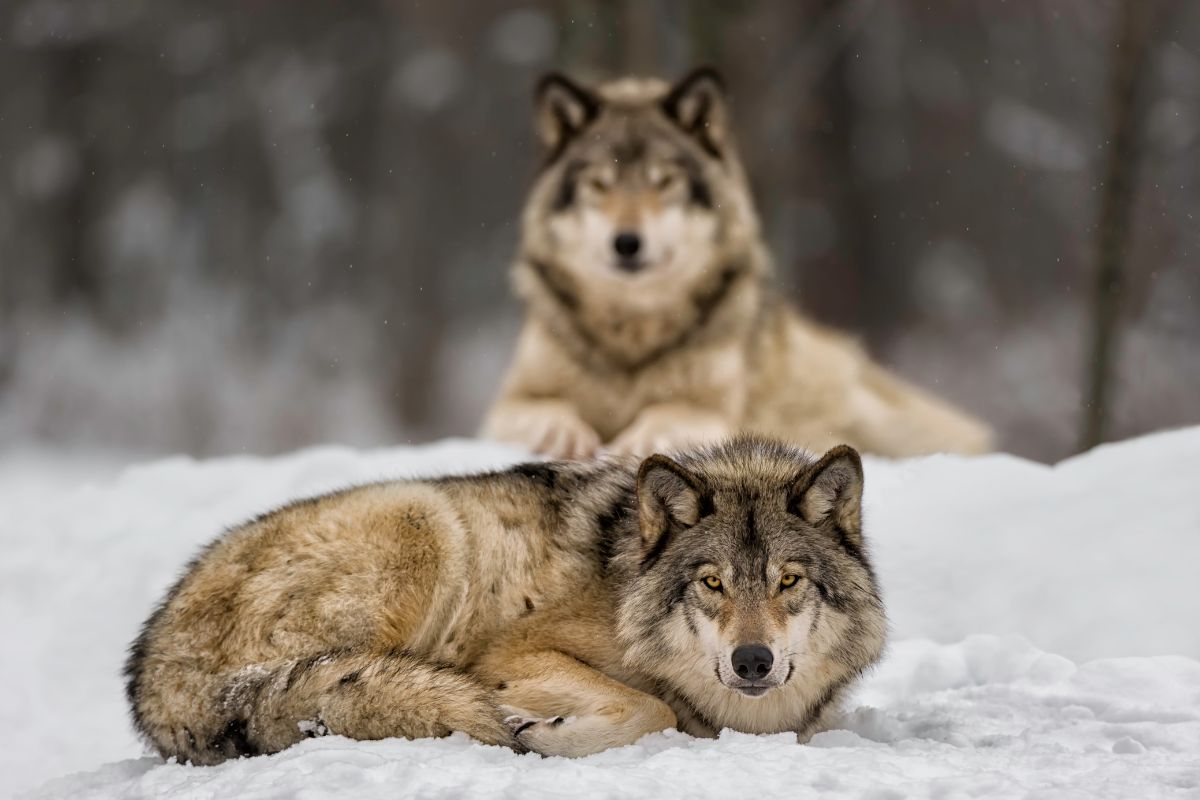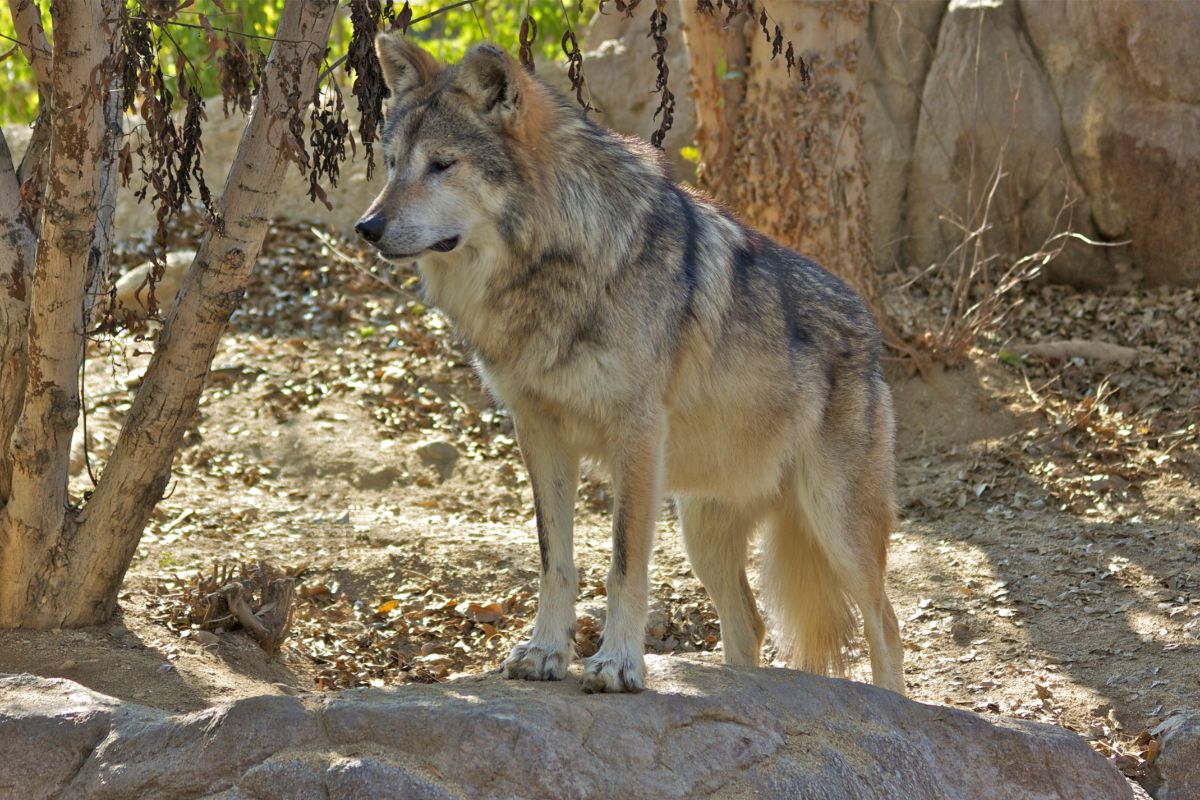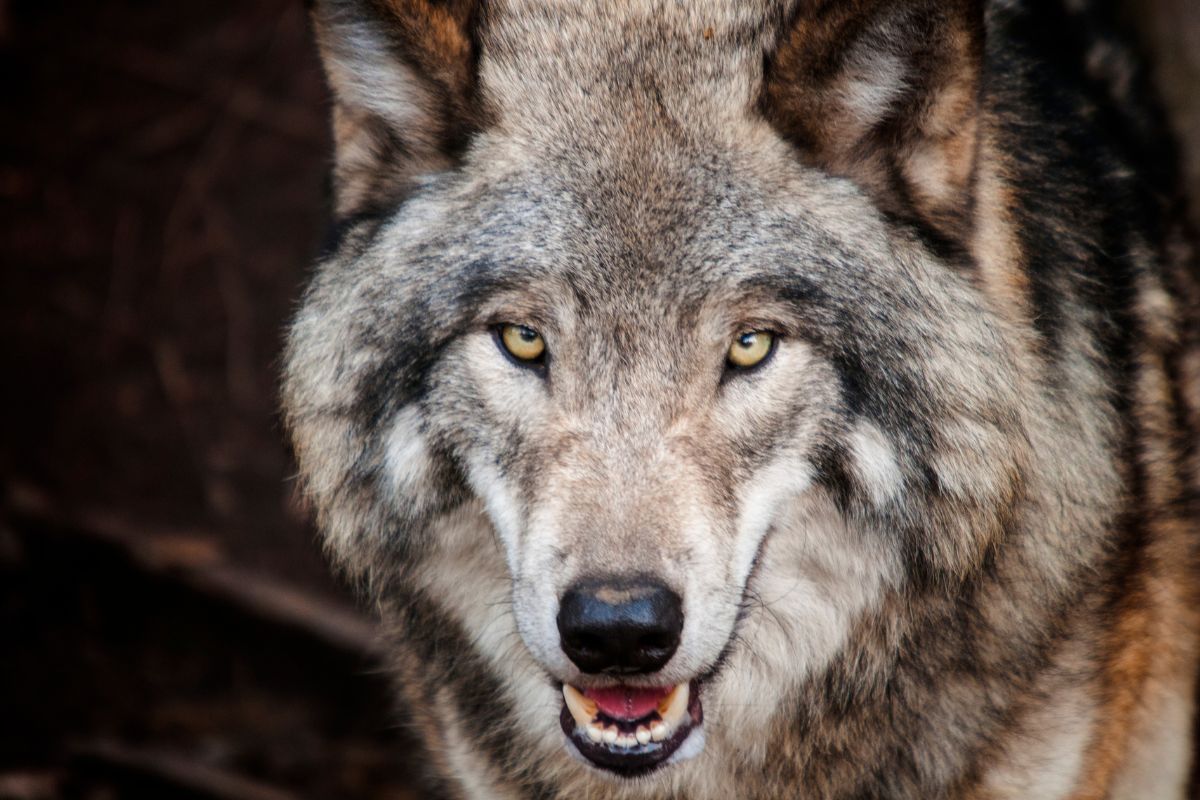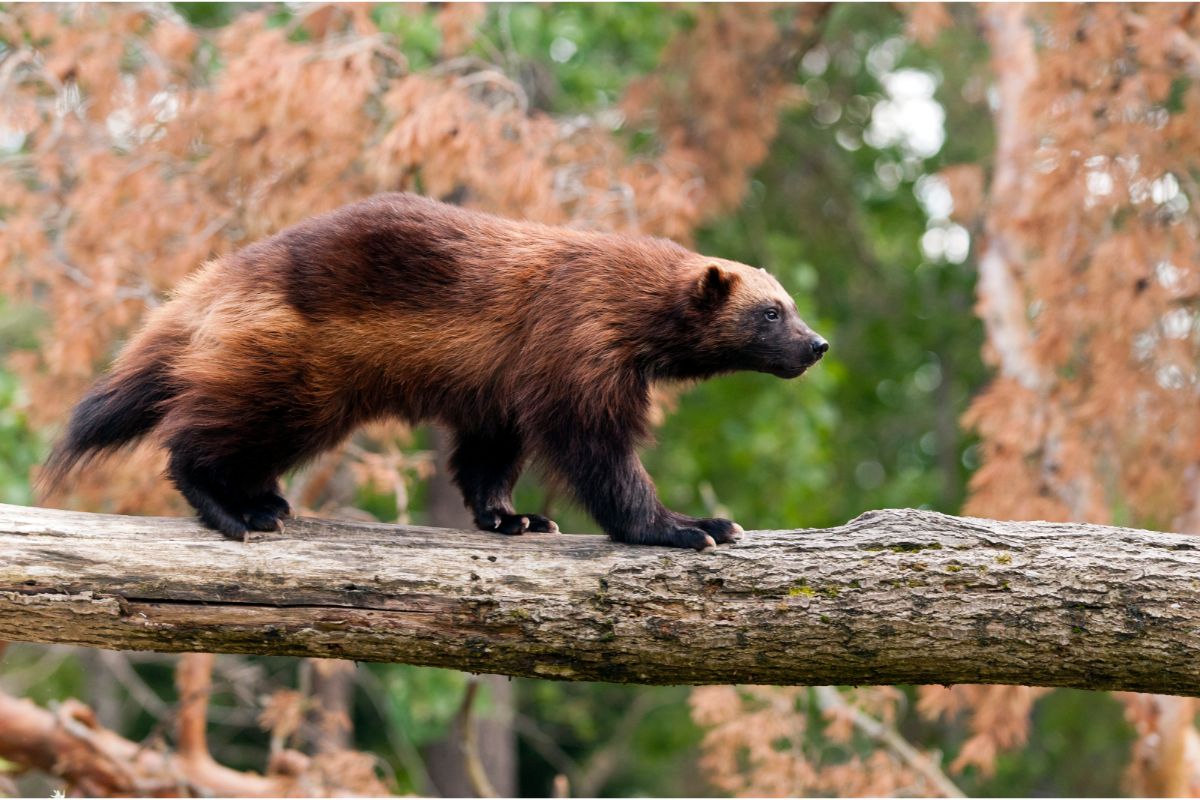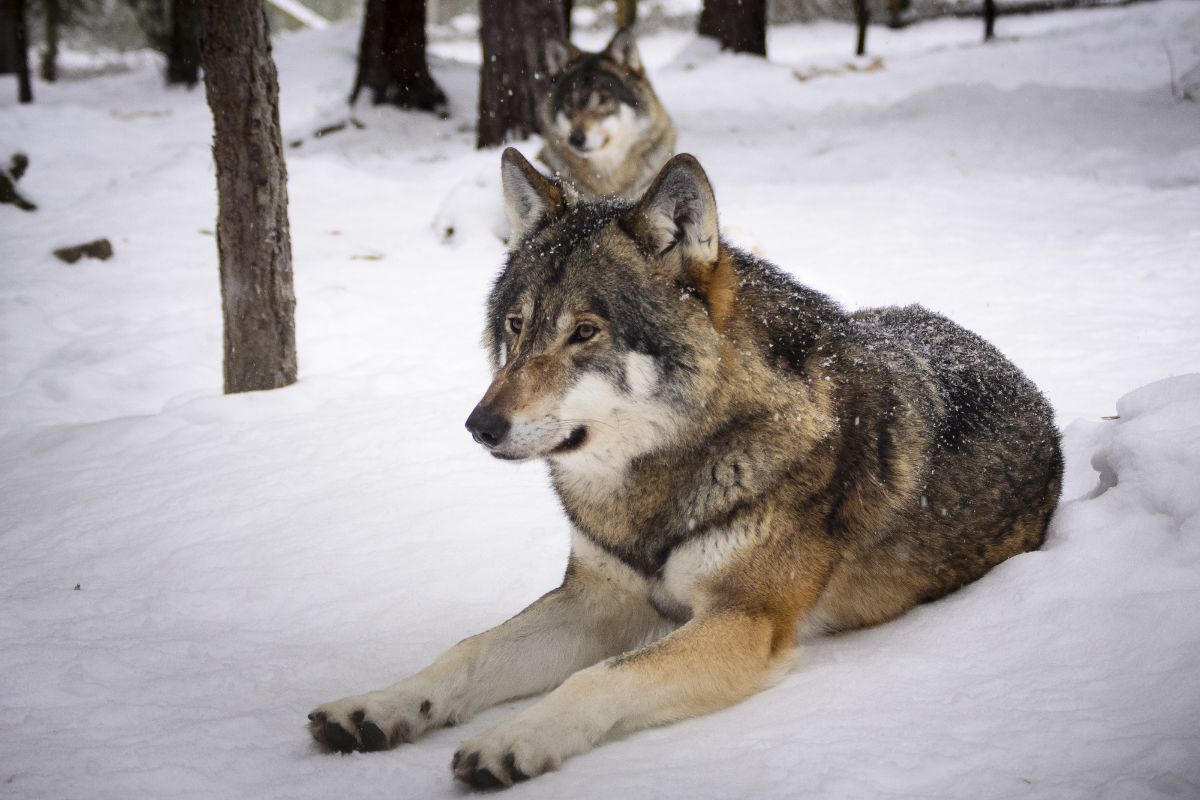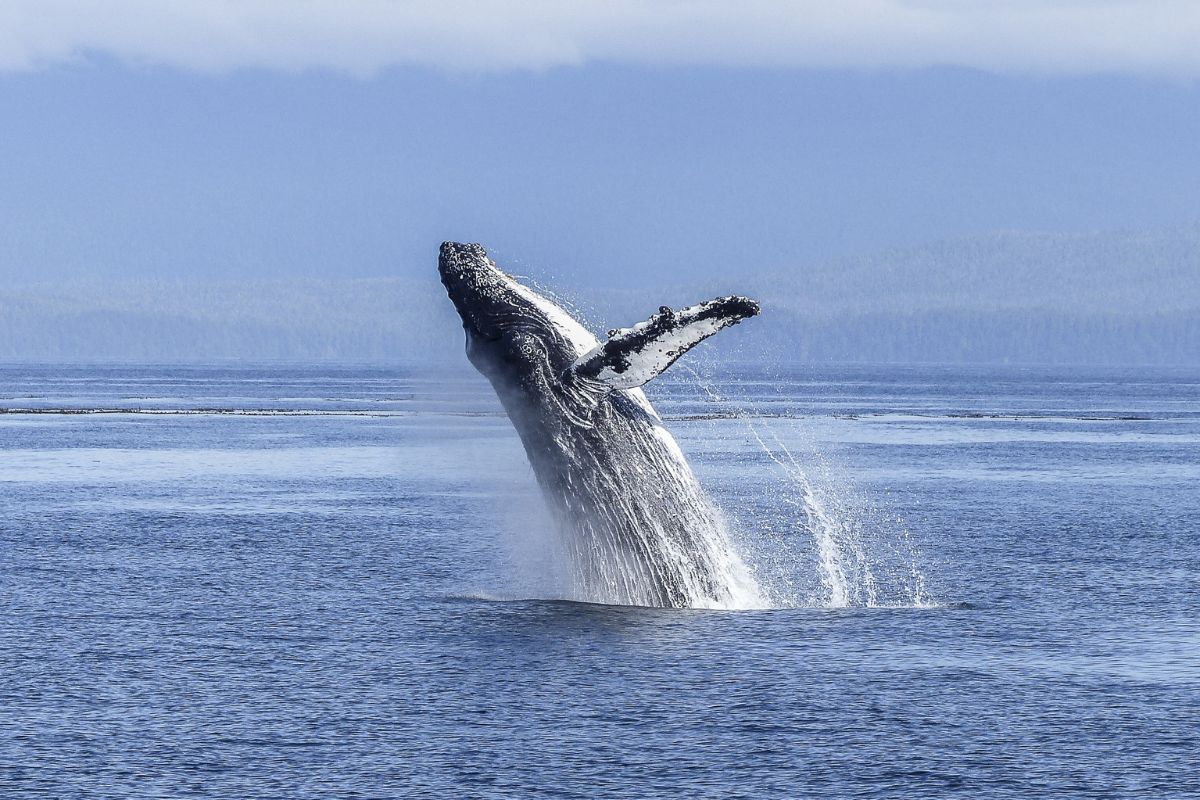The Arizonan Gray Wolf (better known as the Mexican Gray Wolf) is a subspecies of the gray wolf that can be found across America.
Wolves have been labeled public enemy number 1 by humans for the best part of our shared history, and as a result, we have hunted wolves to extinction in many parts of the world.
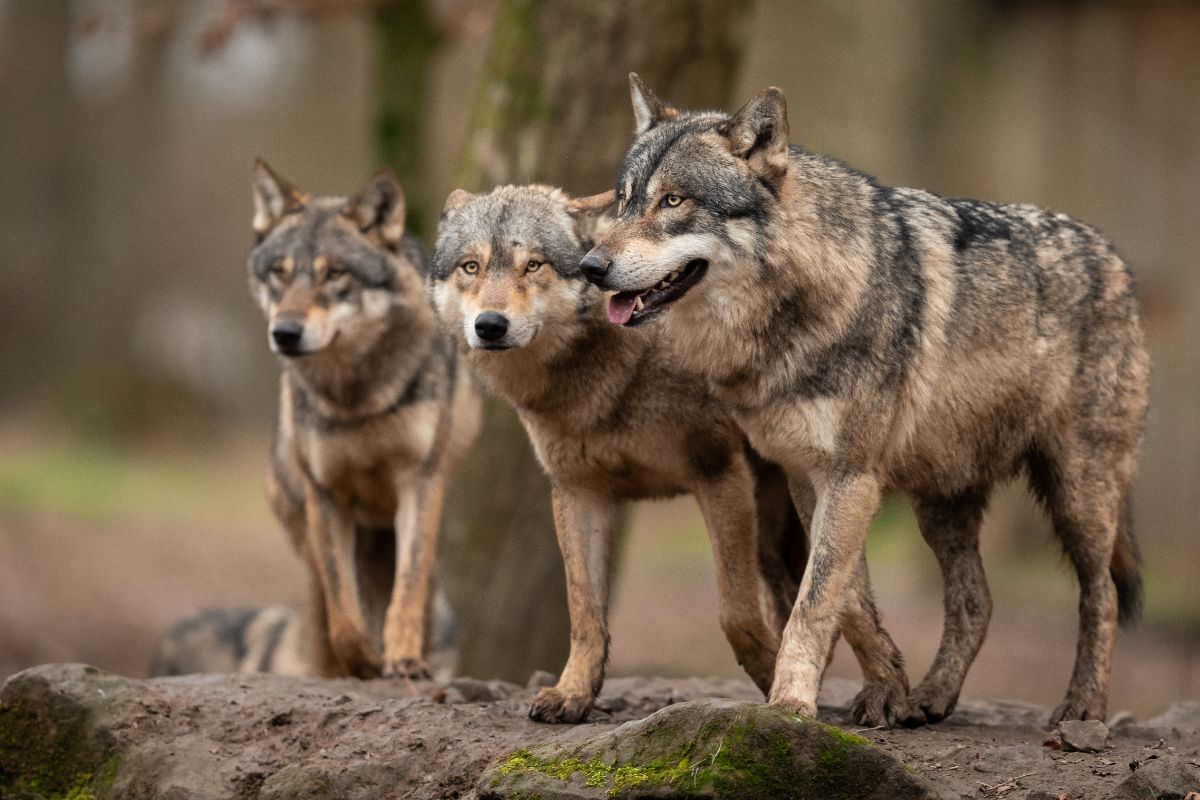
This is no different in America, and what would have once been found all across Arizona is now completely missing.
But recent steps are being taken to reintroduce Gray wolves into the wild, and conservationists have worked tirelessly to get the legislation and practical ways for this dream to become a reality.
So let’s say you want to know more about the recovery of the Arizonan Gray Wolf – thankfully you’ve come to the right place!
In this article, we’re going to be breaking down some of the history and what steps are happening today to recover this beautiful species back into its natural habitat.
The Mexican Gray Wolf
The Mexican Gray Wolf, also called the Lobo, is a kind of wolf that branches off from the Gray wolves that are native to both different parts of Mexico as well as southeastern Arizona.
This is why they are sometimes called the Arizona Gray Wolf depending on where you are in the world.
The Mexican Gray Wolf is a gorgeous animal that is slightly different from other species of gray wolf in America. They are by far the smallest of the wolves in North America and are one of our only living links to the now extinct Great Plains Wolf.
They can be easily recognized by their narrow skulls and slightly darker coats.
The first thing to know about this species is that they are currently listed as greatly endangered. Human intervention into their habitats, as well as excessive hunting, has caused their population to dwindle.
Once, the Mexican Gray Wolf spanned all the way into western Texas, but these days you can only find them in Mexico and certain parts of Arizona. They once had a healthy population, but they have been wiped out primarily in the 1970s.
Mexican Gray Wolves have a shared history with native American cultures across the south of the United States. In pre-Columbian Mexico, the gray wolf was used as a symbol of both the sun and war.
These cultures took steps to breed wolves with dogs to create strong hybrids that could be companions.
Conservation of Mexican Gray Wolves
Thankfully, there has been a lot of hard work done to try and reintroduce Mexican gray wolves back into the wild. In 1998 the Fish and Wildlife Service managed to reintroduce 11 Mexican gray wolves into the wilderness of Arizona.
This was the first step in trying to increase their population back to something that can be self-sustaining and healthy.
Since then, certain organizations such as Defenders of Wildlife have taken further steps to protect this endangered species. One thing that has been done is to legislate so that the gray wolves are protected from hunting.
This goes all the way back to the Endangered Species Act which was created in 1976 to provide legal safeguarding for all kinds of different endangered species.
After this, a recovery team was created to attempt to reintroduce the Mexican wolf to parts of Arizona and Mexico. They tried to rehome 100 wolves back into their historic habitat.
This was done by capturing Mexican gray wolves and then reintroducing them to more favorable environments.
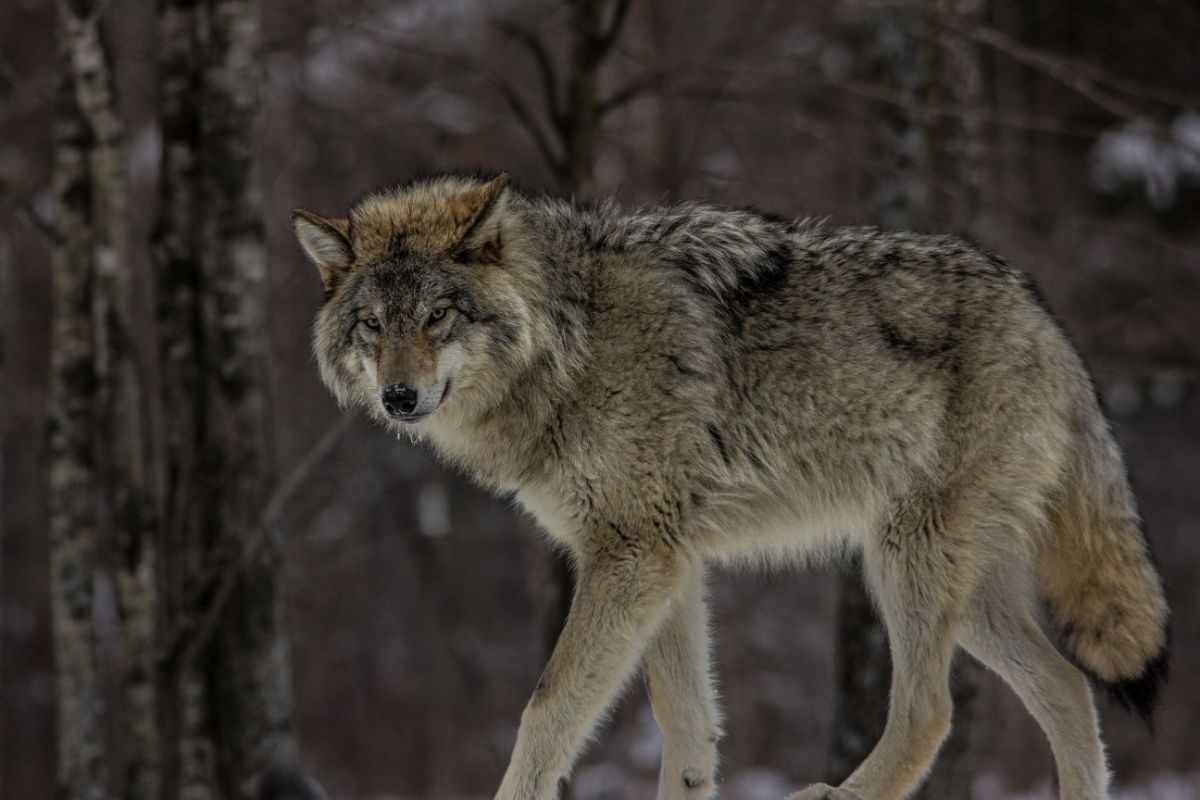
Result Today
So lots of different efforts have been made to add these wolves back into their natural habitats. Thankfully, these steps were taken before the species was hunted to extinction, and today we have seen some very impressive results.
As of March 2022, there are just under 200 wild Mexican gray wolves living in both New Mexico and Arizona. This might not seem like a lot, but it’s a great step forward and much closer to their original population which would have been upwards of 1000.
Final Thoughts
The recovery of Mexican Gray Wolves is something that will take a long time. They will likely be on the endangered species list for the next 100 years or so, especially considering that there are still those who wish to hunt and cull them.
Conservation is a constant battle, and wolves have had it much tougher than a lot of other types of animals in the world. The recovery of the Mexican Gray Wolf is a great step forward in conservation and a testament to those who have worked tirelessly to stop their extinction.
We hope that this article has taken you through some of the basic information about the wolf recovery in Arizona and that you now know a little more about this issue! If you still have some questions, keep reading for our short FAQ below.
Frequently Asked Questions
Why Have Humans Hunted Wolves So Much?
Wolves have been hunted historically for a variety of reasons. First of all, is their skins. Wolf pelts were once used for warmth when other non-cruel fabrics were more difficult to come by.
Secondly, humans have for a long time believed wolves to be a danger. Wolves are dangerous animals, but much of their danger is inflated. In fact, today, wolves seem to know that humans are dangerous and will usually avoid us at all costs.
The final reason that humans hunt wolves is due to livestock concerns. Historically, wolves have been known to go after livestock that is freely grazing as a way to get easy kills and feed their packs.
Because of this, farmers and others have made sure to go after wolves and either chase them from their hunting grounds or kill them. Over time this has caused a lot of wolves to die.
Thankfully in the modern age we have better ways to deal with predators who encroach on farm land.
- What Do Squirrels Eat? Learn About Their Diet and Winter Survival - October 14, 2024
- What Do Raccoons Eat? Discover Their Diet and Eating Habits - October 6, 2024
- What do foxes eat? - October 5, 2024

